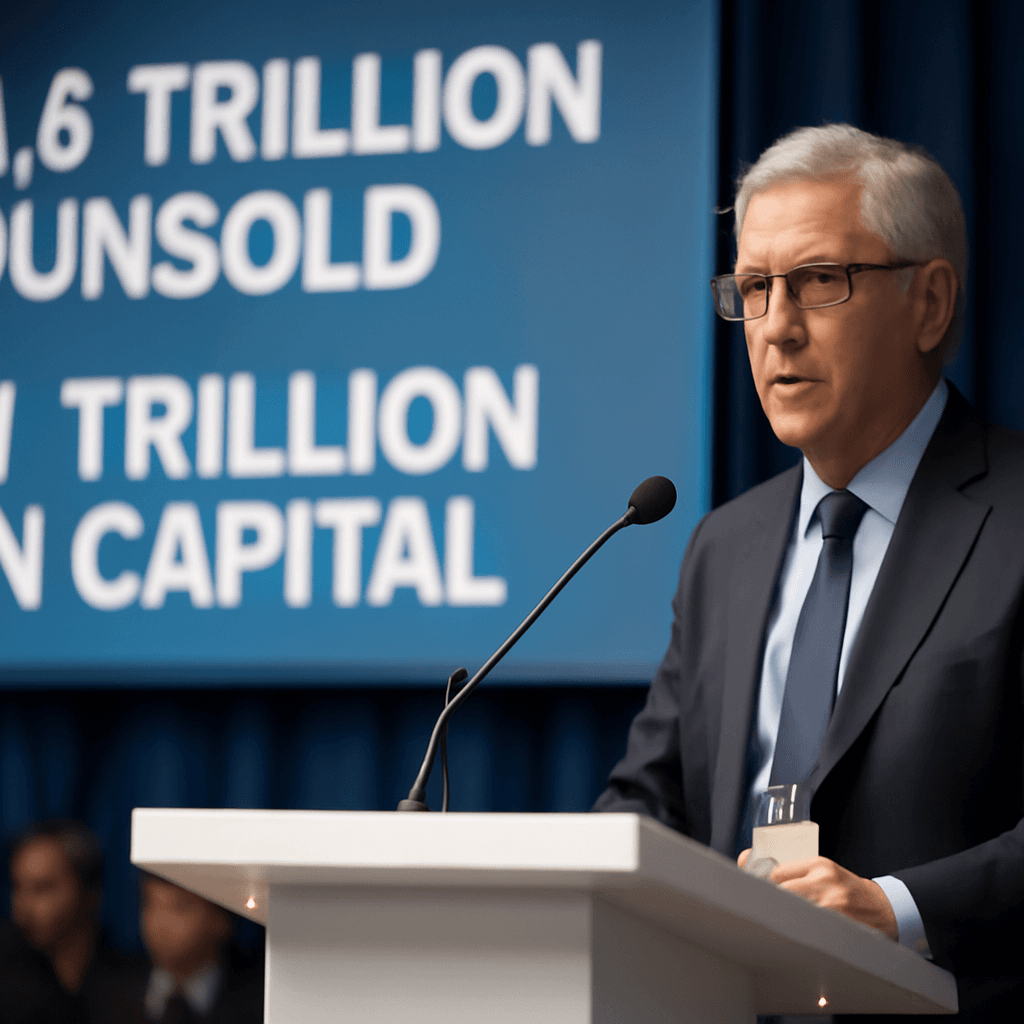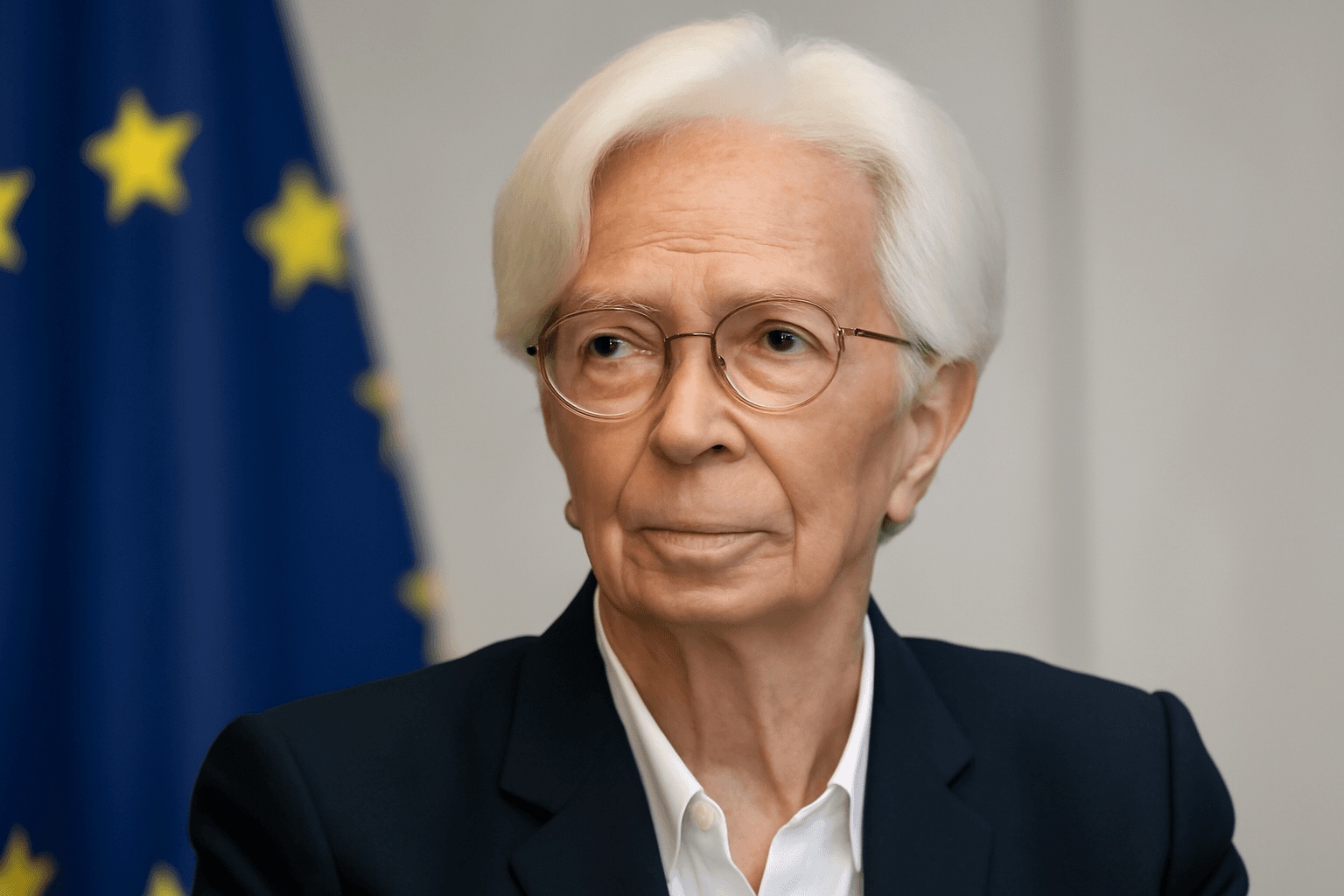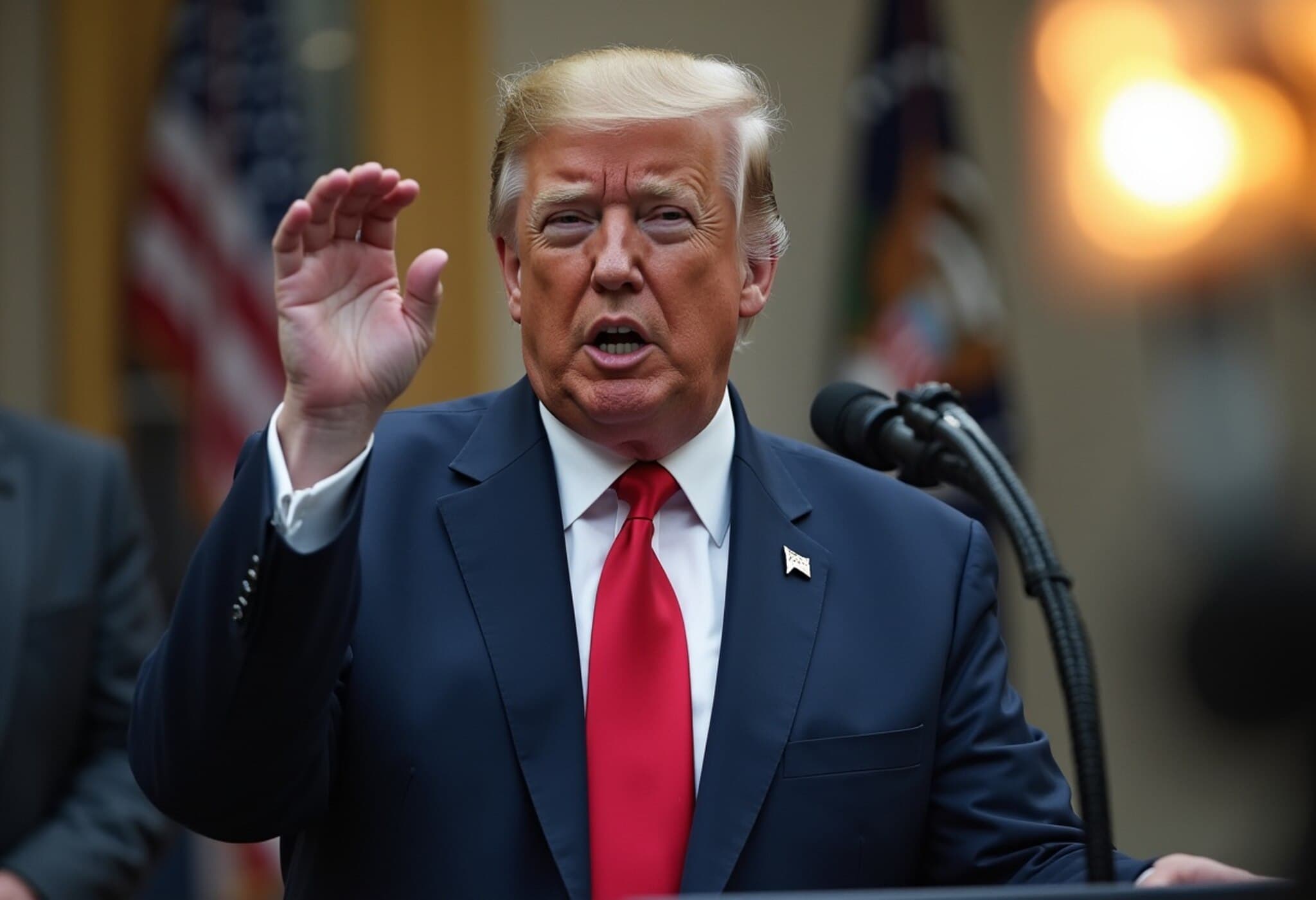Private Equity’s Exit Challenge: Investors Waiting Longer for Returns
After a prolonged period of robust deal-making post the 2007-2009 financial crisis, private equity (PE) firms are now grappling with a pressing problem: selling their portfolio companies. This struggle to find buyers is leaving investors’ capital locked in what experts call “zombie funds” — funds that hold onto aging assets with little prospect of timely exits.
What Are Zombie Funds and Why Are They Growing?
Zombie funds refer to private equity vehicles that cannot successfully exit their investments or raise new capital but continue operating, often collecting fees from limited partners (LPs). These funds often retain companies that managers are unable to sell despite prolonged holding periods.
Jeff Hooke, an adjunct professor at Johns Hopkins Carey Business School and seasoned private investment expert, explains it plainly: "A zombie fund might still have four or five companies it can’t sell. The fund just lingers without forward momentum." Meanwhile, fund managers may spin up new vehicles but remain responsible for maintaining these aging portfolios.
This predicament has become increasingly common. A 2024 survey from a secondaries asset manager revealed that nearly half of institutional investors, such as pension funds and insurers, already hold stakes in zombie funds — a worrying signal that capital is stuck in limbo.
Exit Delays Reach a Decade-Long High
Data from PitchBook highlights the severity of the situation. The ratio of new PE investments to successful exits climbed to 3.14 times in 2025, the highest in ten years. Simply put, firms are purchasing more than three new companies for every one they manage to sell.
This dynamic inflates fund lifecycles beyond the typical 10-year horizon, stretching some to 15 or 16 years — frustrating investors who expect their money back within a decade. "Now the funds are going out 15 or 16 years, and the investors are getting impatient," says Hooke.
Market Forces Behind the Exit Freeze
The protracted exit drought began around 2022 but intensified following the Trump administration's introduction of broad, “reciprocal” tariffs in April 2024, which rattled global markets. This geopolitical background bred uncertainty, causing buyers and sellers alike to pause.
Pivotal to this hesitation is a growing valuation gap — sellers’ price expectations and buyers’ offers are increasingly misaligned. Harold Hope, Global Head of Secondary Investing at Goldman Sachs Alternatives, clarifies: "While high-quality companies can still command premium prices, many others are caught in valuation discrepancies that stifle deals." This trend surfaced post-2021 as interest rates climbed and market sentiment, particularly around initial public offerings, softened.
Traditional Exit Routes Under Strain
- Trade sales: selling portfolio companies to strategic buyers have dwindled due to fewer competitive bidders.
- Public offerings: IPO markets in the U.S. and Europe remain sluggish, limiting options for public listings.
- Secondary sales: selling assets to other PE firms is now more common but often involves complex continuation vehicles.
Continuation Funds: A Double-Edged Sword
Continuation funds have become a go-to mechanism to navigate this bottleneck. Firms transfer portfolio companies into these vehicles they control, allowing current investors to either cash out or retain stakes under a new fund.
Goldman Sachs’ Hope points out that continuation funds create liquidity when selling outright is unfavorable, but they also signal a lack of exit momentum. Bill Matthews, an industry veteran, cautions: "GPs regularly extending investment periods test LPs’ patience, with some refusing to continue accommodating prolonged timelines."
Shifting Strategies and Market Implications
Amid growing exit difficulties, many smaller and mid-sized PE firms are adapting by increasing exposure to public markets or recalibrating investment approaches. Jonathan Hahn of NorthStar Capital notes the unsustainability of endlessly rolling equity into ever-larger deals, emphasizing investors’ desire for eventual liquidity.
Hahn also highlights a broader reflection among investors questioning whether private equity’s allure remains compelling compared to potentially better returns and liquidity in public markets.
Conversely, large PE firms such as KKR and Apollo are weathering the storm relatively unscathed thanks to diversified portfolios and steady cash flow.
The Road Ahead: Capital Flows Amidst Exit Uncertainty
Despite these challenges, deal activity remains resilient, supported by a staggering $1.6 trillion in global dry powder, according to PitchBook. This capital pile suggests that investors are still bullish on private equity’s long-term potential, even if exit timelines stretch further.
Jeff Hooke sums it up: "While fundraising has slowed, hundreds of billions in capital are still seeking opportunities, indicating faith in PE’s enduring value despite the exit haze."
Key Takeaways for Investors and Industry Observers
- Investors face growing frustration with extended fund durations and limited liquidity options.
- Zombie funds threaten to tie up capital and erode confidence in private equity vehicles.
- Geopolitical uncertainty, valuation gaps, and sluggish IPO markets underpin the exit crisis.
- Continuation funds offer stopgap liquidity but may prolong the holding pattern.
- Smaller and mid-sized PE firms are pressured to innovate or risk losing investor trust.
- Robust dry powder levels signal continued interest but also raise questions about future deal quality and returns.
Editor’s Note
The rise of zombie funds shines a spotlight on a critical tension in private equity—the balance between value creation and timely capital returns. For American investors, pension funds, and insurers deeply invested in PE, the growing duration of fund life cycles raises urgent questions about portfolio liquidity, risk exposure, and regulatory oversight.
As exit windows narrow and funds age, stakeholders must weigh whether private equity’s traditional structures remain fit for the evolving market landscape dominated by geopolitical flux and shifting capital preferences. This evolving scenario calls for enhanced transparency and innovation in exit strategies, ensuring that private equity remains a vibrant and trustworthy asset class in the long term.



















